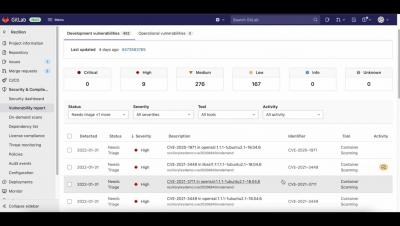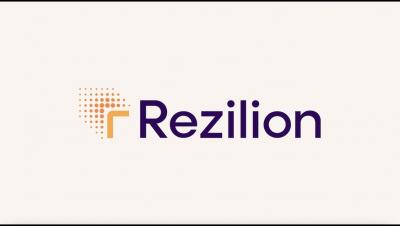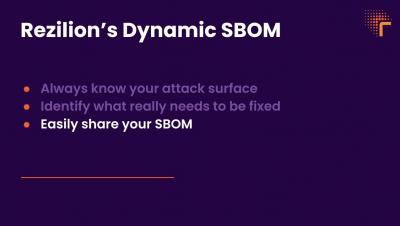Securing Your Software Supply Chain Requires a Dynamic SBOM
Concern is growing over the rise in software supply chain attacks and the need to develop better risk management policies. The software attack surface continues to grow, which in turn, increases risk. Recent high-profile attacks impacting companies including SolarWinds and Kaseya illustrate how vulnerable the software supply chain is today.








